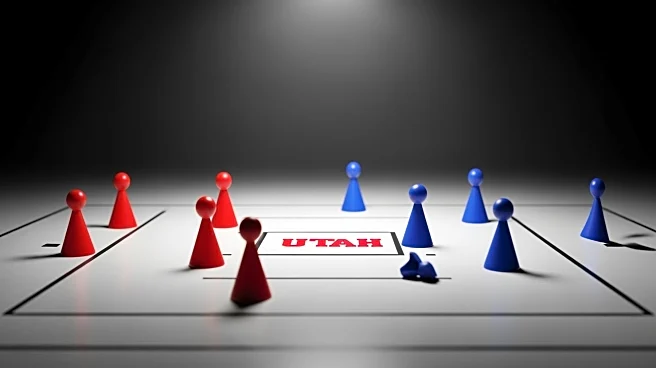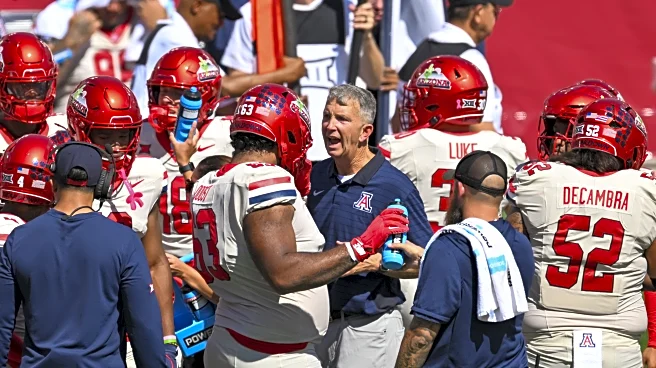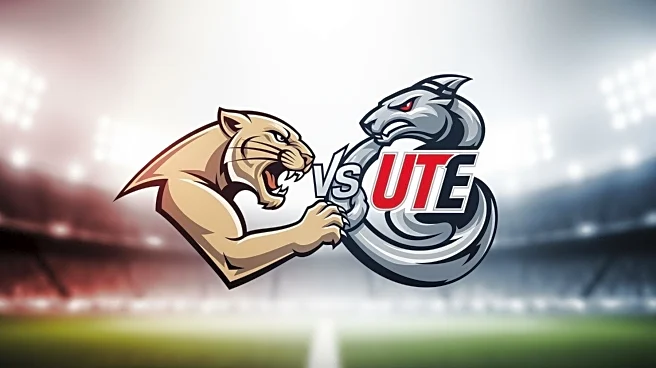What's Happening?
The Utah Utes football team faced a narrow defeat against BYU in the Holy War, losing 24-21. The game was marked by Utah's failure to convert crucial fourth-down opportunities, which significantly impacted
the outcome. Head coach Kyle Whittingham's decisions to go for it on fourth down, guided by analytics, resulted in lost possessions that could have been field goals. These strategic choices, while analytically sound, did not pay off, leading to Utah's second loss of the season. The team has struggled with turnovers and fourth-down conversions in their losses, contrasting sharply with their performance in victories where they have maintained a high conversion rate and minimized turnovers.
Why It's Important?
The loss against BYU highlights the critical role of decision-making in high-stakes games and the impact of analytics on coaching strategies. For Utah, the inability to convert on fourth downs and the resulting turnovers have been detrimental, potentially affecting their ranking and season aspirations. This game underscores the importance of balancing analytics with situational awareness in sports strategy. The outcome affects Utah's standing in the Big 12 and their prospects for a top 10 ranking, emphasizing the need for improved execution and strategic adjustments in future games.
What's Next?
Utah is expected to reassess their approach to fourth-down situations and ball security as they prepare for their upcoming game against Colorado. The coaching staff will likely focus on enhancing play-calling creativity and execution in short-yardage scenarios. These adjustments are crucial for Utah to maintain competitiveness and achieve their season goals. The team's performance in the next game will be closely watched as they aim to bounce back from this loss and strengthen their position in the conference.
Beyond the Headlines
The reliance on analytics in sports decision-making raises questions about its effectiveness in dynamic game situations. While analytics provide valuable insights, they may not always account for the nuances of live gameplay, such as player performance and opponent strategies. This case illustrates the potential limitations of analytics and the need for coaches to integrate them with real-time judgment. The evolving role of analytics in sports strategy continues to shape coaching philosophies and game outcomes.












